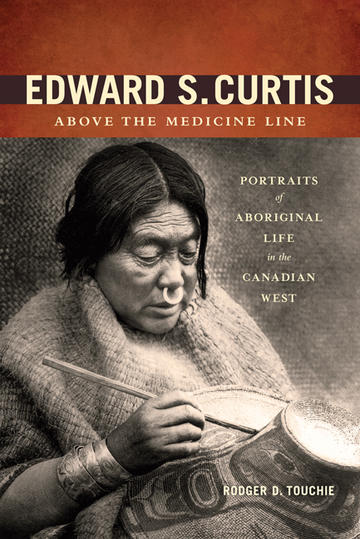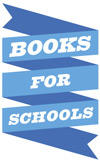- Age:
- 16
- Grade:
- 11
"This book provides excellent information on ethnographers' bias and the tension created preserving the cultures and creating an image of the noble savage." —Canada’s History
“Rodger D. Touchie’s Edward S. Curtis: Above the Medicine Line is a handsome volume that treats readers to some of Curtis’s stunning black-and-white photography. As Touchie tells of Curtis’s life and travels, the photographs offer compelling glimpses of landscapes and peoples that a century later seem both strangely present and remarkably foreign. You will want to linger over many of these extraordinary images.” —Phil Koch, Canada’s History
Buy this book at:
Buy the e-book:
Annotations
Excellent pictorial history book!
I ordered this book from Munro's of Victoria, out of curiosity. It did not disappoint. The pictures are amazingly clear and a beautiful tribute to the history of the First Nations.
Edward S. Curtis Above the Medicine Line: Portraits of Aboriginal Life in the Canadian West
Edward S. Curtis was a well known photographer who became an ethnographer of many Aboriginal nations in western Canada and the United States. This is the story of his life and how documented information about nations such as the Coast Salish, Siksika and the Kwakwaka’wakw between 1900 and 1930. This book provides excellent information about ethnographers’ bias and the tension created between preserving the cultures and creating an image of the “noble savage”. Information about specific nations describes battles, daily routines and ceremonies. The author succeeds in identifying historical bias.
Source: The Association of Book Publishers of BC. Canadian Aboriginal Books for Schools. 2010-2011.
Edward S. Curtis Above the Medicine Line: Portraits of Aboriginal Life in the Canadian West
Edward S. Curtis was a well known photographer who became an ethnographer of many Aboriginal nations in western Canada and the United States. This is the story of his life and how documented information about nations such as the Coast Salish, Siksika and the Kwakwaka’wakw between 1900 and 1930. This book provides excellent information about ethnographers’ bias and the tension created between preserving the cultures and creating an image of the “noble savage”. Information about specific nations describes battles, daily routines and ceremonies. The author succeeds in identifying historical bias.
Source: The Association of Book Publishers of BC. BC Books for BC Schools. 2010-2011.





